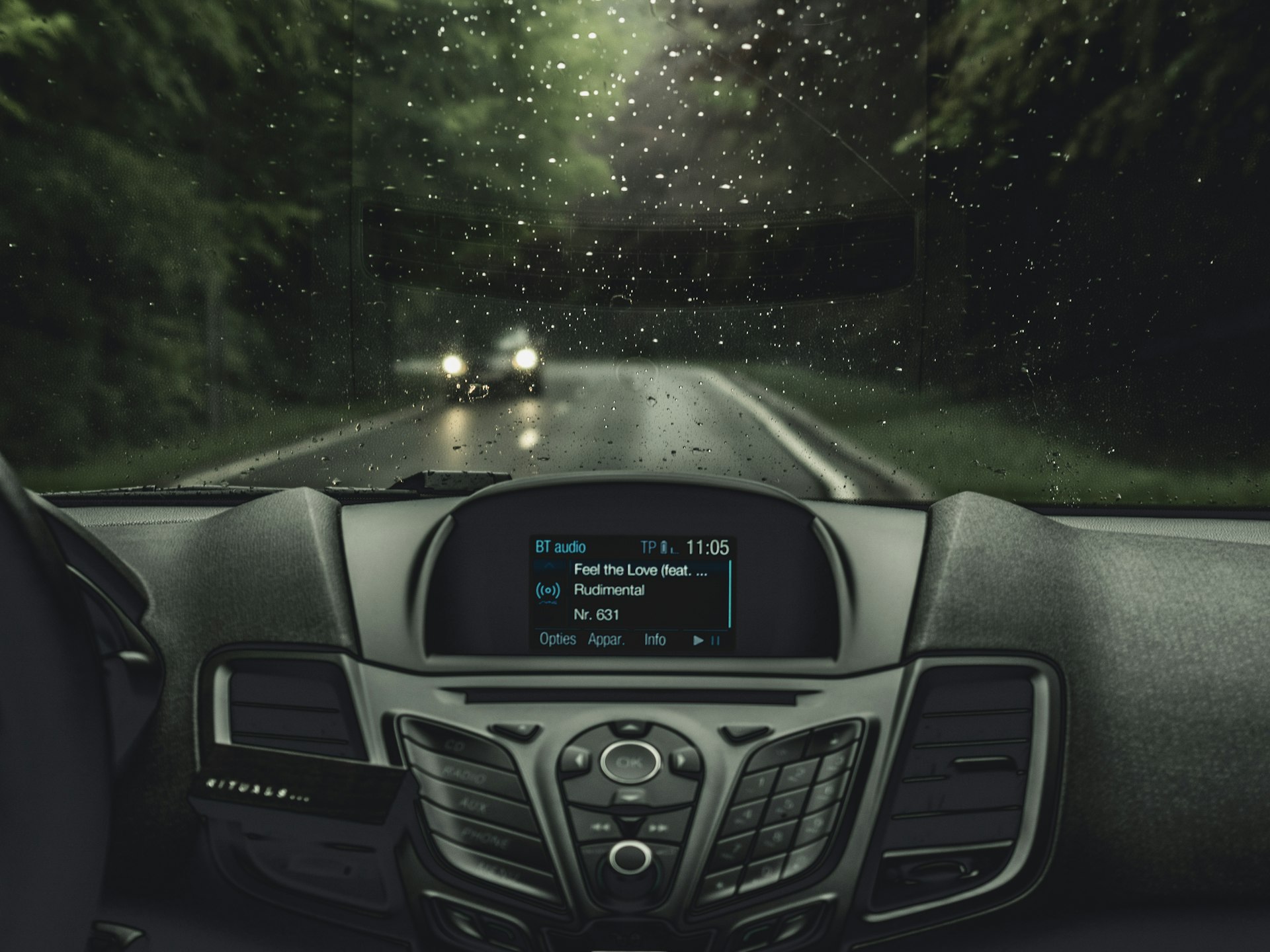How Music Shaped Societies: A Deep Dive into Its History and Cultural Influence

Photo by Anna Zakharova on Unsplash
The Evolution of Music: A Journey Through Time
Music is a universal language that has mirrored, shaped, and transformed societies since ancient times. Its journey from ritualistic chants to digital soundscapes reflects not only artistic innovation but also profound shifts in culture, technology, and human interaction. Understanding the history of music and its cultural influence can empower individuals and organizations to harness its transformative potential in education, social change, and personal growth.
Early Origins and Ancient Civilizations
The foundations of music trace back to prehistoric times, when rhythmic sounds and chants accompanied rituals, storytelling, and communal gatherings. Archaeological evidence points to flutes made from animal bones dating back over 40,000 years. Ancient societies such as Mesopotamia, Egypt, China, and India integrated music into religious ceremonies and state functions, often using it to reinforce social hierarchies and cultural values. For example, the Vedas of Hinduism profoundly influenced Indian classical music, while the Five Classics of Confucianism established principles for Chinese music that persist today [5] .

Photo by Imansyah Muhamad Putera on Unsplash
If you wish to explore traditional music from these civilizations, consider searching for recordings through academic libraries or established cultural heritage websites. Major institutions such as the British Library and Smithsonian offer curated collections of ancient music recordings and related research.
The Middle Ages to the Renaissance: Music as Social Glue
During the Middle Ages (approx. 450-1450 CE), music became more formalized, with the development of notation systems that allowed compositions to be preserved and shared. Gregorian chant exemplified sacred music in Europe, while folk traditions flourished among common people. The Renaissance (late 1400s-early 1600s) ushered in a “rebirth” of musical creativity, with composers like Josquin des Prez and Palestrina expanding harmonies and forms. Music became more accessible, moving from courts and churches into public life [4] .
To experience music from these periods, you can search for terms like “Renaissance choral music” or “Gregorian chant” on streaming platforms or through university music departments.
The Baroque and Classical Eras: Innovation and Expression
The Baroque era (1600-1750) introduced complex forms such as the concerto and the sonata. Composers like Antonio Vivaldi and George Frideric Handel brought orchestral music to new heights, while the Classical period (1750-1815), epitomized by Haydn, Mozart, and Beethoven , emphasized clarity, balance, and emotional expression. These developments paralleled Enlightenment ideals and reflected changing social structures, as music transitioned from aristocratic patronage to public concert halls [4] .
Exploring recordings of Baroque and Classical music can provide insight into these transformative eras. Most public libraries and cultural institutions maintain digital or physical collections for community access.
19th Century: Romanticism, Nationalism, and Social Change
The 19th century saw music become a vehicle for personal expression and national identity. Romantic composers such as Chopin, Liszt, and Wagner infused their works with emotion and drama, while others drew on folk melodies to assert cultural uniqueness. Music played a critical role in political movements and social change, galvanizing revolutions and fostering unity among diverse populations [5] .
For those interested in exploring this era, searching for “Romantic era music” or “nationalist composers” can yield curated playlists and educational resources from reputable music archives.
20th Century: The Explosion of Genres and Globalization
The 20th century witnessed unprecedented musical innovation. The rise of radio, recorded music, and later digital technology democratized both production and consumption. Genres such as jazz, blues, rock, country, and hip-hop each emerged from specific cultural contexts-often rooted in African American and immigrant experiences-and rapidly influenced mainstream culture worldwide. Jazz, born in New Orleans, is celebrated for its improvisation and cultural symbolism, while blues, with its origins in the Southern U.S., became the foundation for rock and R&B [2] [3] .
To engage with these genres, you can listen to influential artists such as Louis Armstrong (jazz), B.B. King (blues), Johnny Cash (country), and Ray Charles (R&B). Many online music platforms, including those operated by public broadcasters, offer educational playlists and historical context.
Music and Cultural Influence: Shaping Identity and Society
Music’s influence extends beyond entertainment. It shapes and reflects cultural identities, reinforces social bonds, and drives social change. For example, protest songs have accompanied civil rights movements, while pop music has both mirrored and set trends in fashion, language, and attitudes. The “British Invasion” of the 1960s-exemplified by The Beatles and Rolling Stones-demonstrated how music could bridge continents and inspire youth culture worldwide [1] .
Practically, music’s cultural influence can be seen in:
- Educational initiatives that use music to teach literacy, history, and social-emotional skills.
- Community events and festivals that celebrate cultural heritage through music.
- Activism, where musicians and songs become rallying points for social justice or political causes.
If you wish to use music for educational or community-building purposes, you can:
- Partner with local schools, libraries, or cultural organizations to create music-based programs.
- Search for music therapy resources through professional associations such as the American Music Therapy Association.
- Organize public performances or workshops that highlight underrepresented musical traditions.
From Analog to Digital: Technological Transformations
Technological advances have continually reshaped music’s creation and dissemination. The advent of sound recording, radio, and television brought music into homes worldwide. The late 20th and 21st centuries have seen the rise of synthesizers, sampling, and digital distribution platforms, enabling both global reach and niche subcultures [5] . This democratization means anyone can now produce, share, and adapt music with minimal barriers.
For those interested in music production or distribution, you can:
- Learn digital music skills through online courses offered by major universities and platforms.
- Explore free or low-cost music production software, many of which are accessible through reputable educational technology websites.
- Join online communities focused on music sharing, collaboration, and critique, such as those hosted by established arts organizations.
Challenges and Opportunities in Understanding Music’s Cultural Impact
While music’s power to unite and inspire is widely acknowledged, it can also be a source of controversy, reflecting and amplifying social tensions. Debates over cultural appropriation, commercialization, and representation continue to shape contemporary discourse. It is essential to approach music’s history and influence with cultural sensitivity, recognizing both its capacity for positive change and its potential pitfalls.
For deeper engagement, consider:
- Attending lectures or workshops on musicology or ethnomusicology, often available through university extension programs.
- Consulting with cultural heritage professionals when organizing events that feature music from diverse traditions.
- Reading contemporary scholarship and journalism on music and society, accessible through major academic databases and news outlets.
Accessing Music Resources and Further Learning
If you are looking to explore music history or harness music’s cultural influence:
- Visit your local library or university music department for curated guides and recommended resources.
- Search for “music history” or “cultural influence of music” in public broadcasting archives such as NPR or BBC for documentaries and expert interviews.
- Reach out to music educators, cultural centers, or arts councils in your area, as many offer classes, lectures, and community music programs.
- Utilize online platforms with educational content, ensuring they are operated by trusted organizations or institutions.
Remember to verify the credibility of any online resource before relying on it for research or programming.
Key Takeaways
The history of music is inseparable from the story of human civilization. Its cultural influence continues to expand, offering opportunities for personal growth, education, and social transformation. By engaging with music’s past and present, individuals and communities can unlock new pathways to connection and creativity.
References
- [1] London Singing Institute (2020). Evolution of Pop Music.
- [2] La Maison School of Music (n.d.). Music History Timeline: Evolution of Music Overview.
- [3] Guitar Get Lessons (2025). Music History Timeline.
- [4] Study.com (2023). History of Music | Origin & Timeline.
- [5] Wikipedia (2002). History of music.
MORE FROM gowithdeal.com













